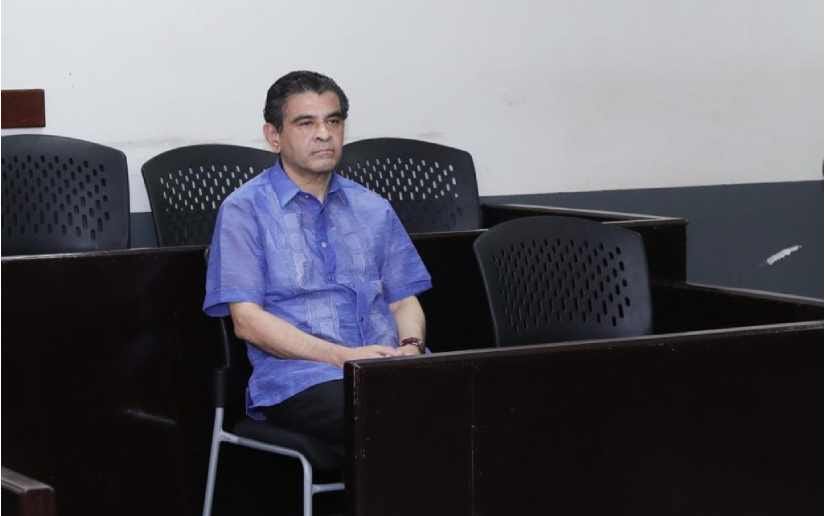With Nicaragua’s Bishop Álvarez in prison, what happens to his diocese?
Bishop Rolando Álvarez has been sentenced to more than two decades behind bars. So who leads in his absence?

While Nicaraguan Bishop Rolando Álvarez was sentenced this month to a 26-year prison sentence for opposing the regime of Nicaraguan dictator Daniel Ortega, the Holy See has yet to decide what to do about the bishop’s Diocese of Matagalpa, which the bishop would likely have difficulty overseeing from a prison cell.
Although canon law is meant to ensure ne…
